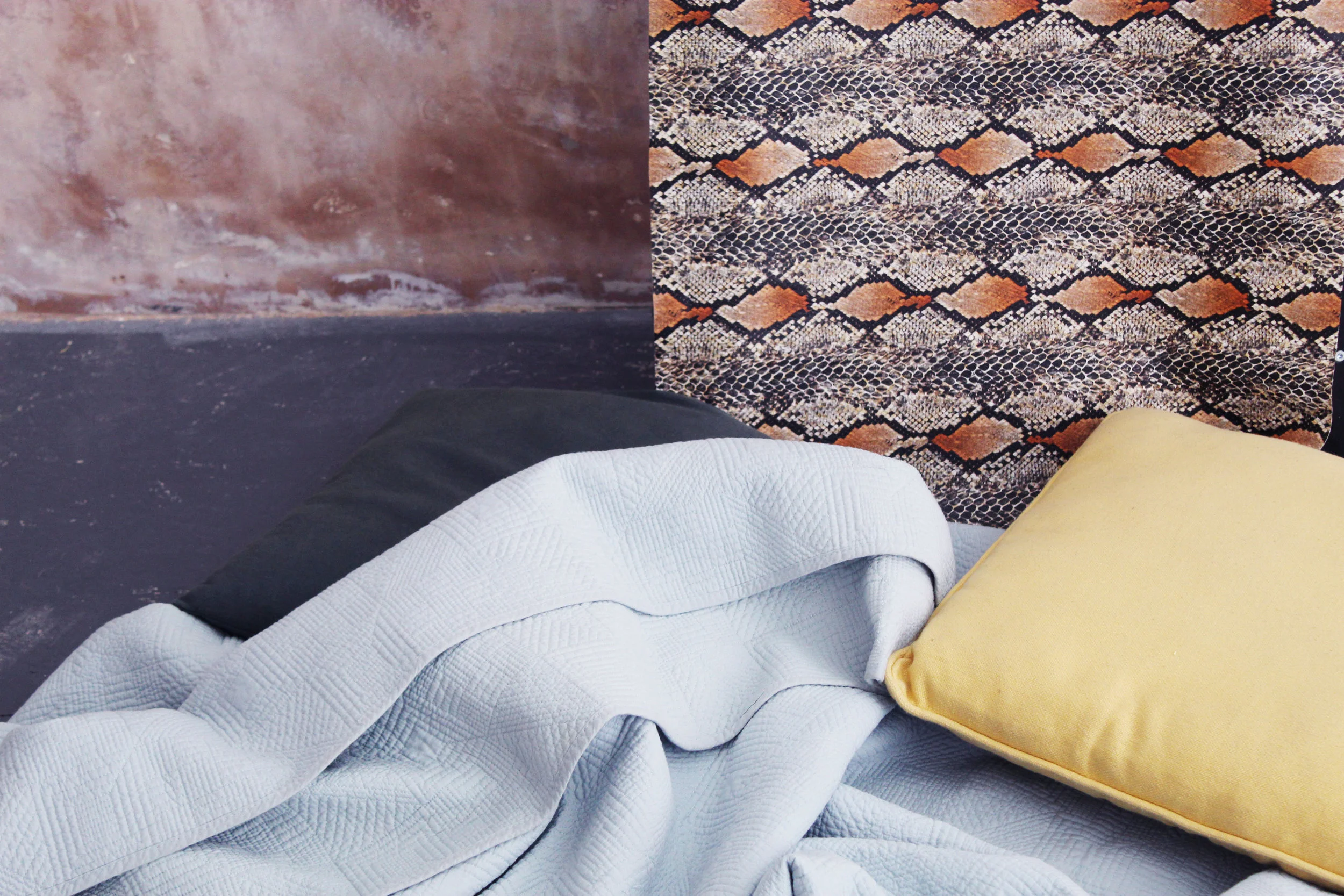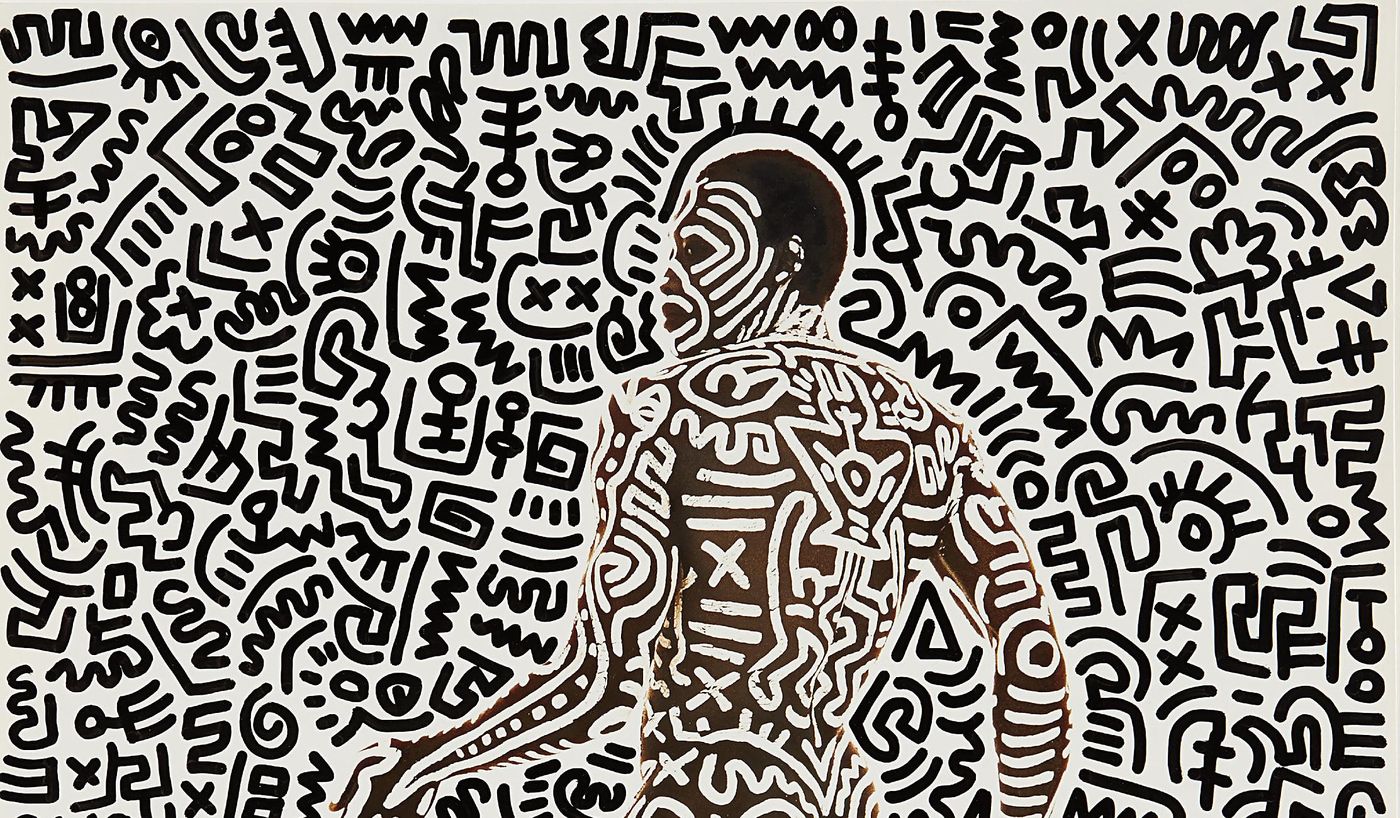Grey Gardens
It is probably no mere historical accident that the word person, in its first meaning, is a mask. It is rather a recognition of the fact that everyone is always and everywhere, more or less consciously playing a role… it is in these roles that we know each other; it is in these roles that we know ourselves. In a sense, and in so far as this mask represents the conception we have formed of ourselves – the role we are striving to live up to – this mask is our truer self, the self we would like to be.
- Parks in Goffman, I. 1990. The Presentation of Self in Everyday Life. London: Penguin, 30
Little Edie (Edith Bouvier Beale) has quietly resided in my psyche since I discovered her portrait in Stella Magazine in 2007; an accompaniment to an article that examined the eccentric mother-and-daughter duo – the Two Edies - at the heart of the Maysles Brothers’ 1975 documentary, Grey Gardens. She stared at me intently, purposefully, with a gaze and a softly furrowed brow that reflected my own. I felt an overwhelming connection to her. I sliced the picture from the magazine with care and precision, in the knowledge that I would want to keep it, keep her, safe, alongside me. She followed me to art school, to every flat I’ve moved to, to every desk I sat at. She’s been by my side for fourteen years.
*
The Beales are imprisoned both within Grey Gardens and their dysfunctional relationship; their hyperbolic performances for the Maysles are indicative of their obsession with fame, beauty, and maintaining societal reverence. While Little Edie’s fashion-focused vanity is charming and exciting, Edith’s is disarming, uncomfortable, awkward. To observe an old woman display such concern for her own appearance - to demand so much attention - goes against everything we expect from the aging matriarch. Old women are supposed to be quiet. They’re supposed to shrink. Edith is loud. She takes up space. There are aspects of her personality that I admire; she didn’t conform to societal expectations, she stood up to her husband, she did what she wanted to do in life. But it is undeniable that, in becoming so wrapped up in her own insecurities, she was enormously controlling of her daughter. Edie’s resulting lack of autonomy in her own life and desire to be free from Grey Gardens is apparent in the strikingly clear symbolism of the rusted bird cage and “around the world”, oceanscape poster she can be seen to hang on the wall of the house, but also in her frequent and extravagant costume changes. Fashion, for her, was much more than about aesthetics; it was her only opportunity to express herself. I wonder, would Edie’s eccentric dressing have been seen as a symptom of mental instability if she was thirty years younger, or would it have been acknowledged for what it is: creative ingenuity in a time of crisis?
Edie’s own creative life was both singular and universal. When she says, ‘I have to think these things up’, there is a suggestion of both the economic necessity of acts of inventive design, and the compulsive need that narrows options, even as it opens up possibilities. ‘These things’ is revealing, as it denotes these particular ensembles with these particular restricted elements – a style of constraint in which a lack of choice is a precondition for poetic freedom. In Edie’s case, the economic, social and other factors that constrain her also make it possible for her to satisfy her own creative impulses and express her sense of style.[i]
Edie was publicly ridiculed by journalist, Charlotte Curtis, in her 1975 Vogue article headlined with ‘Grey Gardens: Worst taste film gets its draw from a Bouvier kinship’, adding fuel to the already widespread opinion that the documentary was “one of the most exploitative, tasteless, and frankly reprehensible films of them all, a relentless account of life as the ladies of Grey Gardens live it among the trash, tin cans, and cat dung of their once-elegant East Hampton mansion”[ii]. Comparing Edie’s draped and tucked skirts to a diaper, she highlighted both her infantilised persona and the unconventionality of her aesthetics. This unconventionality has since, however, been globally celebrated by contemporary fashion designers and photographers – John Galliano’s Spring 2008 ready-to-wear collection notably “animated a storyline”[iii] that was based on Grey Gardens, reimagining Edie’s headscarves, swimwear and furs. Edie was innovative beyond compare; her unparalleled ability to envisage multiple applications for simple items of clothing, pinning and repinning in a cycle of “creation and self-creation, for no financial reward in her own lifetime, has the enduring poignancy of romantic myth” [iv].
It is this cyclical creation and recreation of the self that is so intriguing, to us, as viewers, as voyeurs. It is as if we are reading a teenage girl’s diary, scanning page after page of her inner thoughts as she forms and reforms her identity, over and over again. The Edie we witness in Grey Gardens is both entertaining and volatile; there is a desperation and a darkness behind the dancing, the singing, the costumes. She is screaming out for help. She frequently tells the camera how she yearns for New York City, how she can’t stand another second in the Hamptons, how much she dreads another winter in Grey Gardens. She mourns the life she could have had: the life of a star, the life of Jackie Kennedy, her cousin, and first lady of the United States. It should have been her.
Both the 2006 musical and the 2009 HBO film versions of Grey Gardens emphasise the centrality of the Kennedy myth to the Beales’ story...The implication is clear: Little Edie is Jackie Kennedy. She is not just an embarrassing distant relation, but the woman who could have been Jackie and thus a dark mirror image of what Jackie could have become. In the film, we discover that even Little Edie’s signature headscarf is a Jackie castoff.[v]
*
When I dressed as Edie for a themed life-drawing session in March, I felt more like myself than I had in months. Lockdown had taken a significant toll on my mental health, my self-worth, and self-image. I’d been rotating the same three outfits for twelve months: two sets of jumpers, two sets of jogging bottoms, and two pairs of jeans. I’d lost all motivation to dress myself past the point of necessity. I barely knew what my body looked like anymore. Immersing myself in her psyche pulled me out of a deep depression, helping me to feel joy and hope in the playfulness of her persona. Existing as someone else, for a while, brought me immense relief and a newfound sense of optimism; I can see how she obtained so much comfort in the performative personalities she projected. It’s easier, sometimes, to exist as someone else.
…
Excerpt edited from Grey Gardens by Ailsa Sutcliffe, available to read in full in the latest issue of Pala, “Proxemics”.
[i] Adair, David, and Annita Boyd. 2013. "Returns from the margins: Little Edie Beale and the legacy of Grey Gardens.", 31
[ii] Curtis, Charlotte. 1975. People Are Talking About: Grey Gardens. November. Accessed March 30, 2021. https://archive.vogue.com/article/1975/11/01/grey-gardens, 192
[iii] Mower, Sarah. 2007. Vogue: John Galliano Spring 2008 Ready-to-Wear. October 5. Accessed March 30, 2021. https://www.vogue.com/fashion-shows/spring-2008-ready-to-wear/john-galliano.
[iv] Adair, David, and Annita Boyd. 2013. "Returns from the margins: Little Edie Beale and the legacy of Grey Gardens.", 33
[v] Krasner, J. 2017. "Cat Food in Camelot: Animal Hoarding, Reality Media, and Grey Gardens." Journal of Film and Video, 69:1 44-53, 48















































